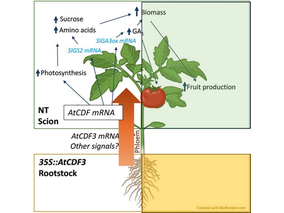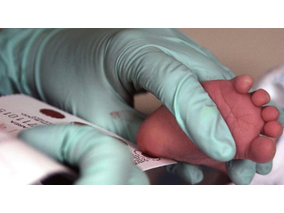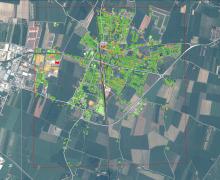The JRC has released a new report providing a comprehensive overview of its work in relation to disaster risk reduction and response including their policy background and context. As a leader in natural disaster research and automated warning systems, the JRC contributes to minimising the impact of disasters in Europe and around the globe.
This report showcases the tools and methodologies developed by the JRC to help in all phases of disaster management, from prevention and preparedness to recovery and reconstruction, through to forecasting and early warning. For instance, JRC scientists have produced a number of highly advanced computer-based systems such as the European Forest Fire Information System (EFFIS), the Medical Information System (MedISys), the Tsunami assessment modelling system and the European Drought Observatory (EDO). Also, working together with international organisations, the JRC has developed the Humanitarian Early Warning System (HEWS), the Index for Risk Management (INFORM), the Global Disaster Alert and Coordination System (GDACS) and the Global Flood Awareness System (GloFAS) among others.
The thematic report is organised in four chapters: prevention and preparedness; monitoring and forecasting disasters and disasters alerts; responding to disasters, and innovation in disaster risk reduction and response.
In addition, the report lists publications and partners, and provides links to useful tools and websites. This is the fifth in the thematic report series, after the release of the reports on water, standards, energy and nuclear safety and security.
Photo: Damage delineation and grading map for San Felice, Emilia-Romagna, Italy, which was severely affected by the May 2012 earthquakes.
© EU, 2014

The research team observed changes in head circumf...

AtCDF3 gene induced greater production of sugars a...

Un estudio con datos de los últimos 35 años, ind...

En nuestro post hablamos sobre este interesante tipo de célula del...

Los inversores auguran un incremento del número y la calidad de las o...
Biotechnology portal in Spain
Subscribe to our newsletter and stay up to date with the latest news and deals!
2013 © Biotech-Spain.com - Site Developments SL. All Rights Reserved. Terms of Service | Privacy Policy
Articles
Directory
